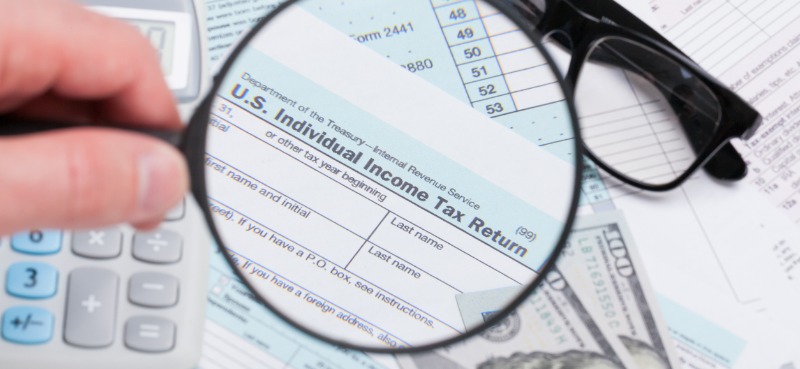As we come up on the end of the year, smart investors are utilizing “tax loss harvesting” to offset their tax bill.
As we explained last week, you have until December 31 to harvest any portfolio losers to help reduce your tax bill.
But if you own mutual funds, closed-end funds, or ETFs, there’s another factor to watch for before you make any year-end tax moves…
Why you must watch your funds at the end of each year
Just like stocks, any funds you own can be sold to lock in gains or losses at the end of the year.
But there’s an extra “feature” fund investors need to account for…
You see, many funds need to distribute their net capital gains to shareholders at the end of the year. In some cases, these distributions get paid out in cash. And in other cases, they get reinvested in the fund (meaning you automatically buy more shares).
If you own one of these funds in a taxable account, these distributions count as a taxable event, regardless of how you receive them.
Check the websites of any funds you own… and look for the fund manager’s estimated year-end distribution (as well as the expected date it will happen).
These details will help you plan your tax loss harvesting strategy. If you know one of your funds will distribute some big gains, you might want to take some additional losses elsewhere to offset the gains. Or, if the fund no longer meets your investment strategy, you can sell it before the distribution hits.
One last note: Don’t panic if you see a big, single-day price drop in one or more of your funds…
Assuming it’s in December, there’s a good chance it’s simply the fund making a large capital-gain distribution.
Whenever a fund makes a distribution, it gets subtracted from the fund’s net asset value. You haven’t lost any money… since you’re getting that value paid to you either in cash or in additional shares.
For example, in December 2022, the AXS Short Innovation ETF (SARK), a popular inverse ETF, “lost” 17% in a single day, plunging from $68.90 to $55.15. But if you look closer, you’ll see that SARK paid out a $13.748 distribution the day before the drop. And when you break down the math (shown below), you’ll see investors didn’t lose a penny… even though the price dropped.
$55.15 + $13.748 = $68.898
Conclusion
If you own any mutual funds, closed-end funds, or ETFs, you need to pay extra attention as you plan your tax loss harvesting strategy.
These funds often make capital gains distributions at the end of the year, which which can complicate any tax moves you make.
Always check with your fund companies for their year-end distribution estimates… and factor these numbers into your gains for the year. It’s an important “extra” factor to watch for as you look for losses to offset taxes.
You only have until December 31 to harvest your losses—so be sure to take action before it’s too late.
And, as always, make sure your tax strategy is secondary to your long-term investment plan, and check with your tax professional if you have any questions about your particular situation.
Editor’s note:
Don’t miss our year-end mega sale! Now’s your chance to try our investment research services at drastically discounted rates.
This offer is only available for a very limited time—and once it’s over, it’s over.





















